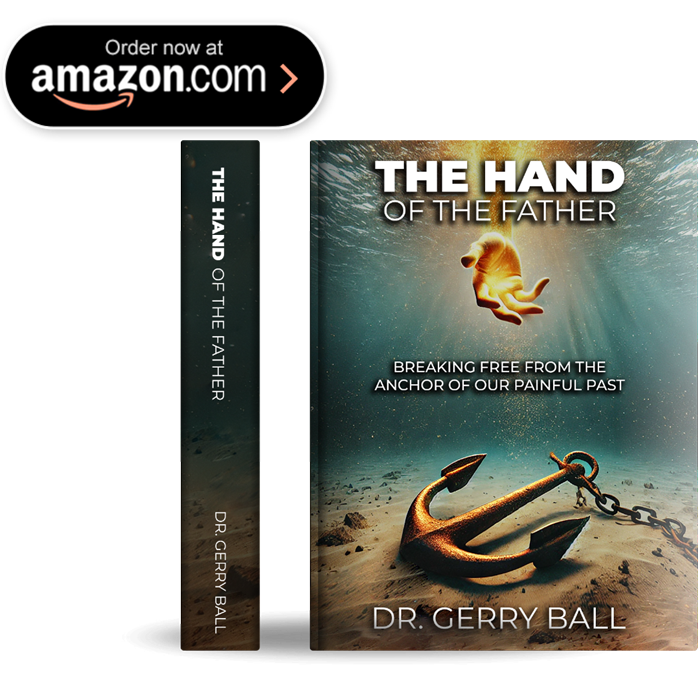Impact of Early Attachment on Future Relationships
Discover the lasting impact of early attachment and how it shapes future relationships. Learn from the John Bowlby attachment theory, uncover the roots of anxious and avoidant attachment in adults, and explore the emotional and spiritual effects of the divided self psychology.
- Home
- Impact of Early Attachment: How Childhood Bonds Shape Adult Relationships
Impact of Early Attachment
How Early Bonds Shape Trust and Intimacy
The relationships we form in infancy do more than provide comfort — they create the foundation for lifelong trust, intimacy, and emotional regulation. This chapter explores how early experiences with caregivers form the blueprint for future relationships, influencing how we connect with others and even with God.rns, relationship dynamics, and spiritual development throughout life.
John Bowlby Attachment Theory
John Bowlby’s Attachment Theory and Emotional Development
Psychiatrist John Bowlby, the pioneer of attachment theory, observed that infants separated from caregivers experience predictable emotional responses: protest, despair, and detachment. These phases reflect the child’s instinctive efforts to reconnect and, eventually, self-protect when reunion doesn’t occur.
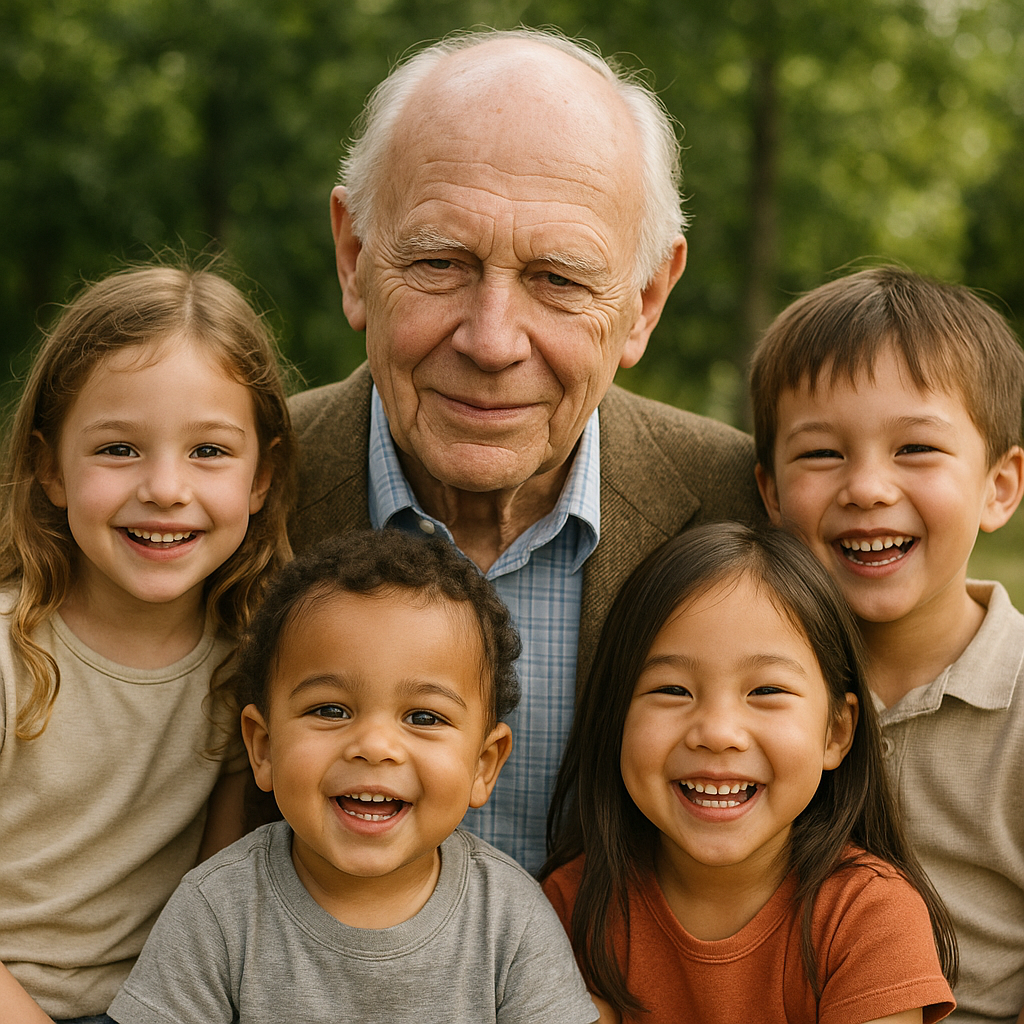
Bowlby’s Three Phases of Separation
Protest → Despair → Detachment
Protest: The child shows distress, crying or reaching out to regain connection.
Despair: The child becomes quiet and withdrawn, internalizing the loss.
Detachment: The child appears indifferent, masking deeper mistrust and emotional withdrawal.
These emotional defenses, though adaptive, often resurface in adult relationships.
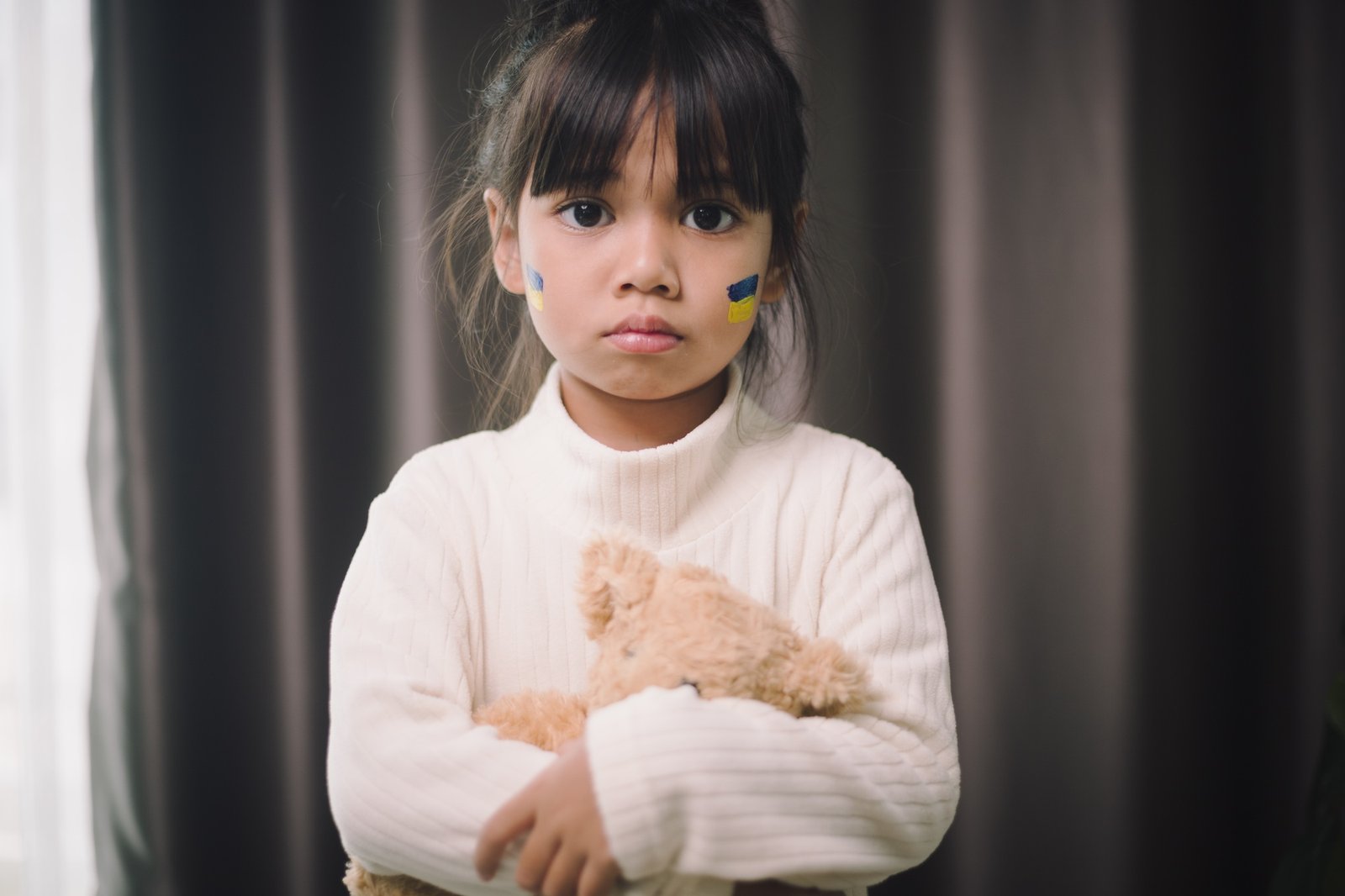
How Caregiving Shapes Future Relationships
Attachment and Future Relationships: The Role of the Caregiver
Research shows that consistent caregiving helps children feel secure enough to explore the world and build trust. This leads to secure attachment and healthy relational patterns in adulthood.
But when care is unpredictable or emotionally absent, children often develop:
Anxious attachment: Clinginess, fear of abandonment, need for reassurance
Avoidant attachment: Reluctance to trust, emotional suppression, extreme independence
These anxious and avoidant attachment styles in adults reflect early struggles to form safe emotional bonds.

Barriers to Secure Attachment
Barriers to Secure Attachment and Emotional Health
As Wilson notes, when caregivers lack emotional availability or consistency, children are at risk for:
Ambivalent relationships: Oscillating between clinginess and distrust
Negative moods: Ongoing anxiety, sadness, or irritability
Psychological disorders: Especially Reactive Attachment Disorder (RAD) — difficulty forming close bonds, regulating emotions, or feeling safe in relationships

Barriers to Secure Attachment
Barriers to Secure Attachment and Emotional Health
As Wilson notes, when caregivers lack emotional availability or consistency, children are at risk for:
Ambivalent relationships: Oscillating between clinginess and distrust
Negative moods: Ongoing anxiety, sadness, or irritability
Psychological disorders: Especially Reactive Attachment Disorder (RAD) — difficulty forming close bonds, regulating emotions, or feeling safe in relationships
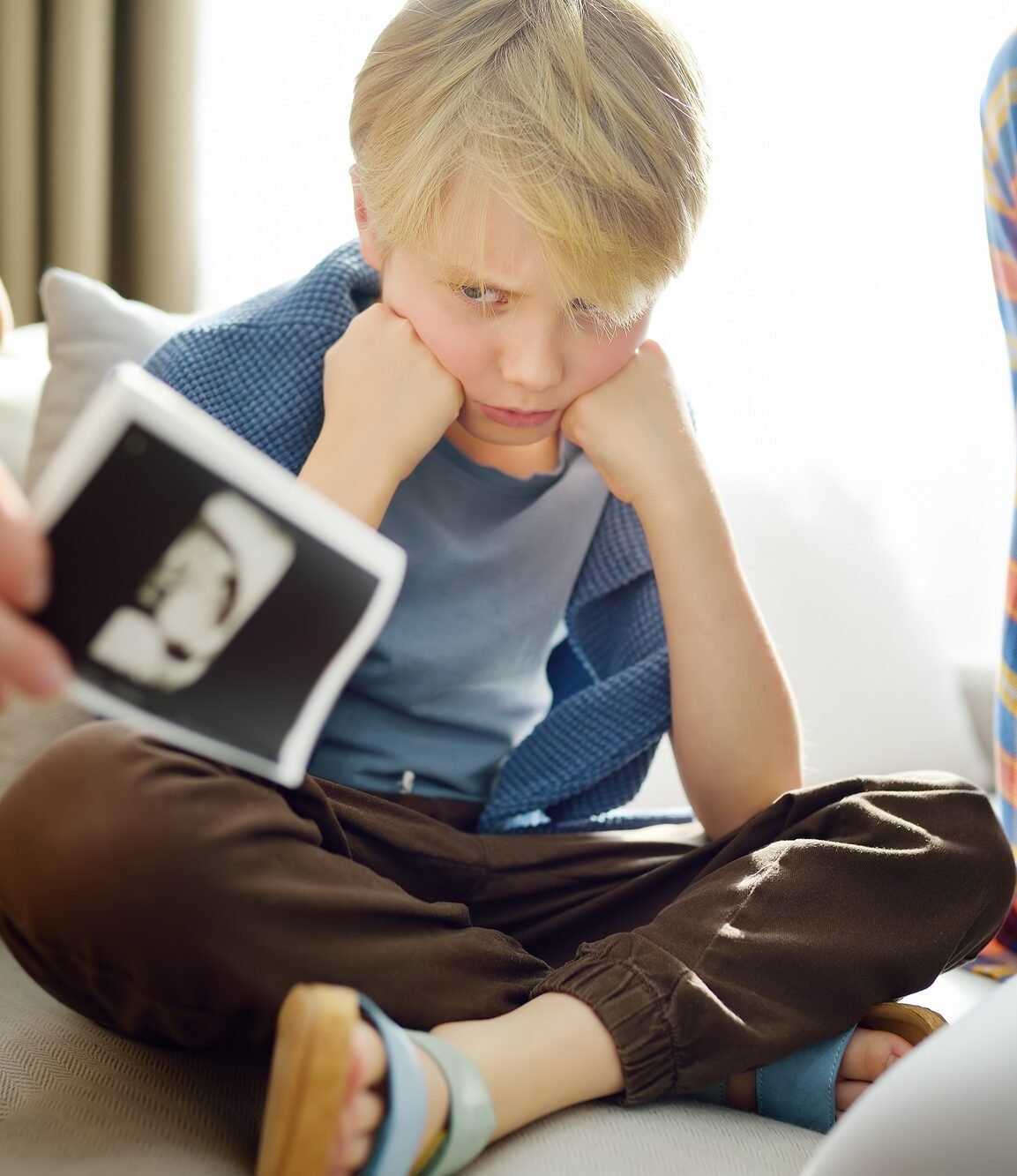
The Divided Self Theory
The Divided Self: A Psychological and Spiritual Split
According to William Kirwin, broken early attachments often result in a “divided self”, made up of:
The Needing Self: Longs for love, connection, and safety
The Rejected Self: Internalizes emotional pain, avoids vulnerability
This conflict causes emotional instability and can even lead to identity struggles and spiritual disconnection.
Kirwin links the divided self psychology to the development of Reactive Attachment Disorder and other personality difficulties — rooted in unmet needs and emotional neglect.
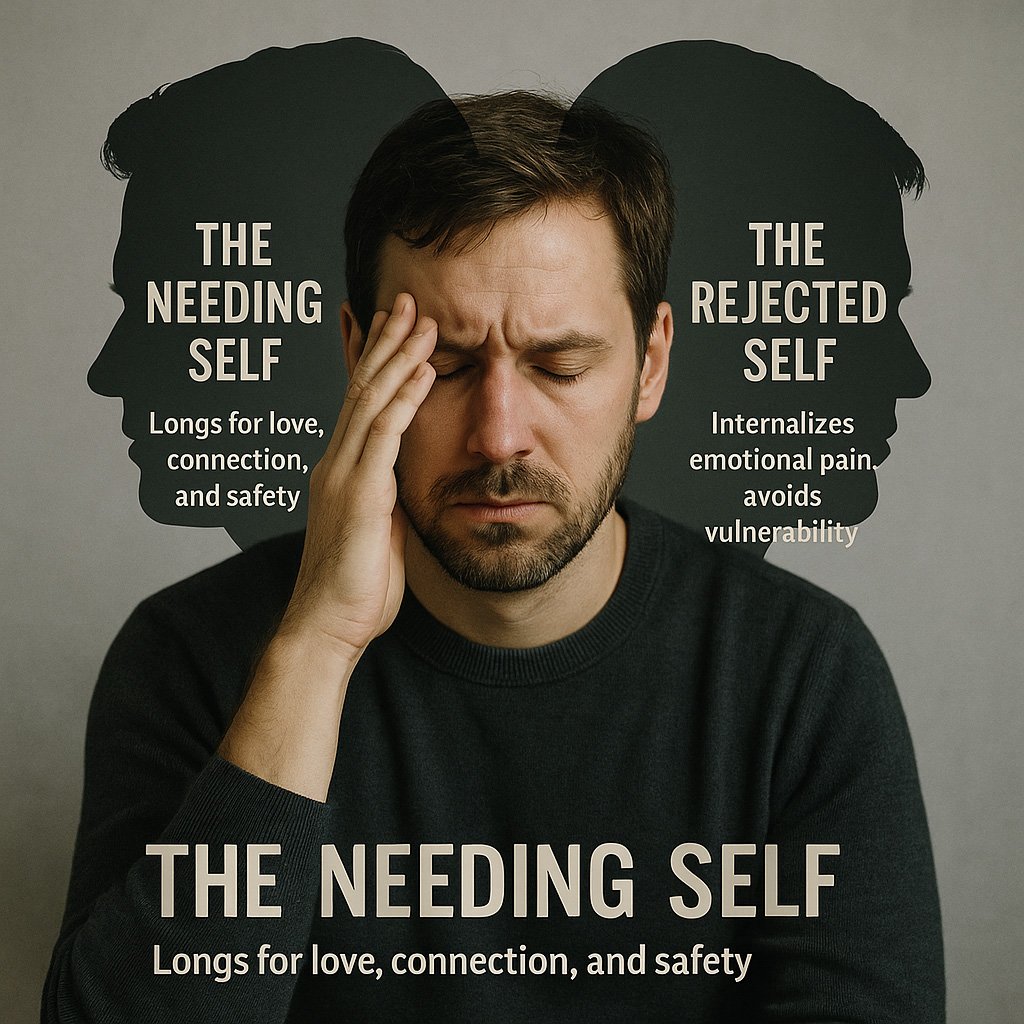
Long-Term Impact and Spiritual Implications
From Childhood to Adulthood: The Lifelong Impact of Early Attachment
The impact of early attachment is both formative and lasting. It affects emotional maturity, ability to form secure relationships, and even faith development.
Whether you experienced secure or disrupted bonding in childhood, recognizing your patterns is the first step toward healing — emotionally, relationally, and spiritually.
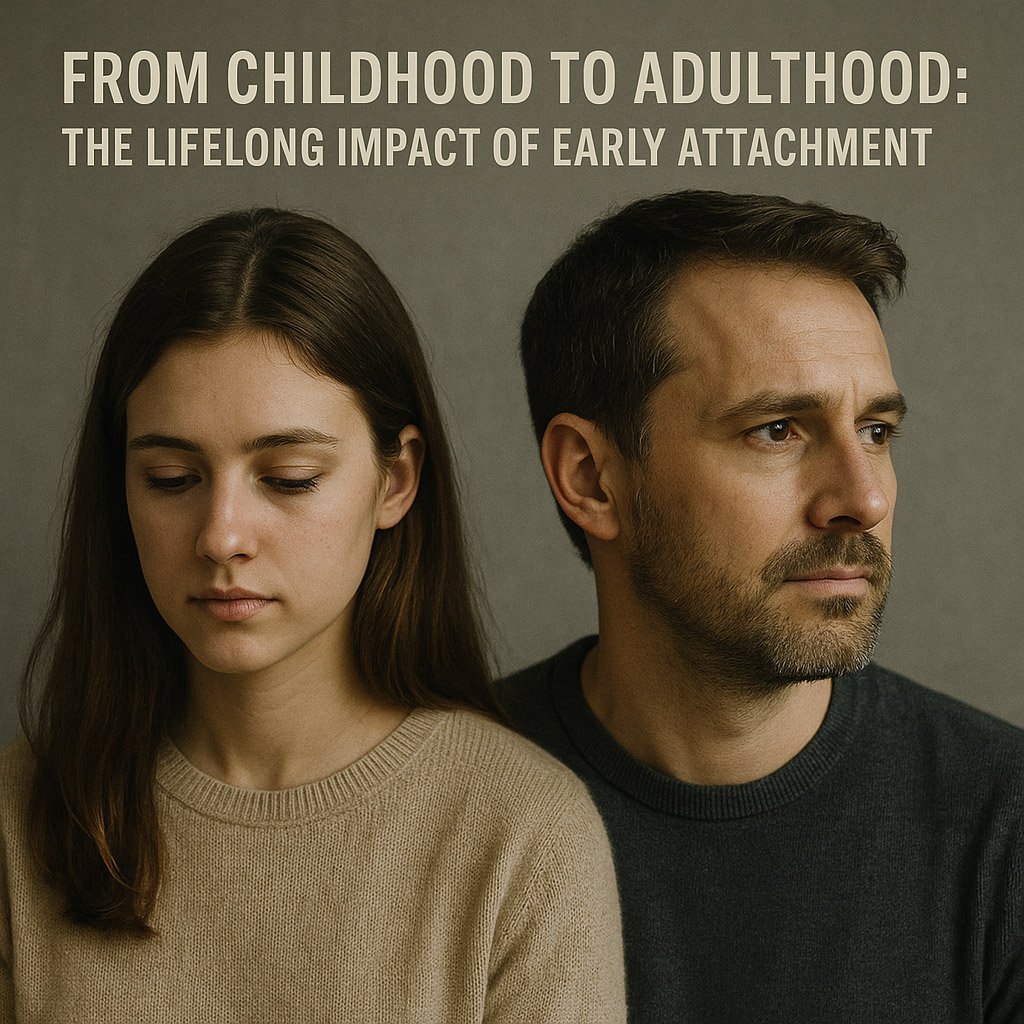
Looking Ahead
Where Attachment Leads from Here
The impact of early attachment goes far beyond childhood — it shapes how we love, trust, and connect for the rest of our lives. As we’ve seen through John Bowlby’s attachment theory, early caregiver relationships lay the foundation for either security or emotional struggle. The presence or absence of consistent care influences the development of anxious and avoidant attachment in adults, and can even lead to a fragmented identity known as the divided self.
To go even deeper into these insights — including their spiritual implications — continue the journey in The Hand of the Father. The book offers a powerful blend of attachment theory, faith, and emotional healing to help you restore trust and reshape the way you relate to others and to God.

the hand of the father
Go Deeper with The Hand of the Father
Want to understand these patterns on a deeper emotional and spiritual level? In The Hand of the Father, Dr. Gerry Ball explores how attachment theory, faith, and personal healing intersect to restore trust, identity, and connection.

